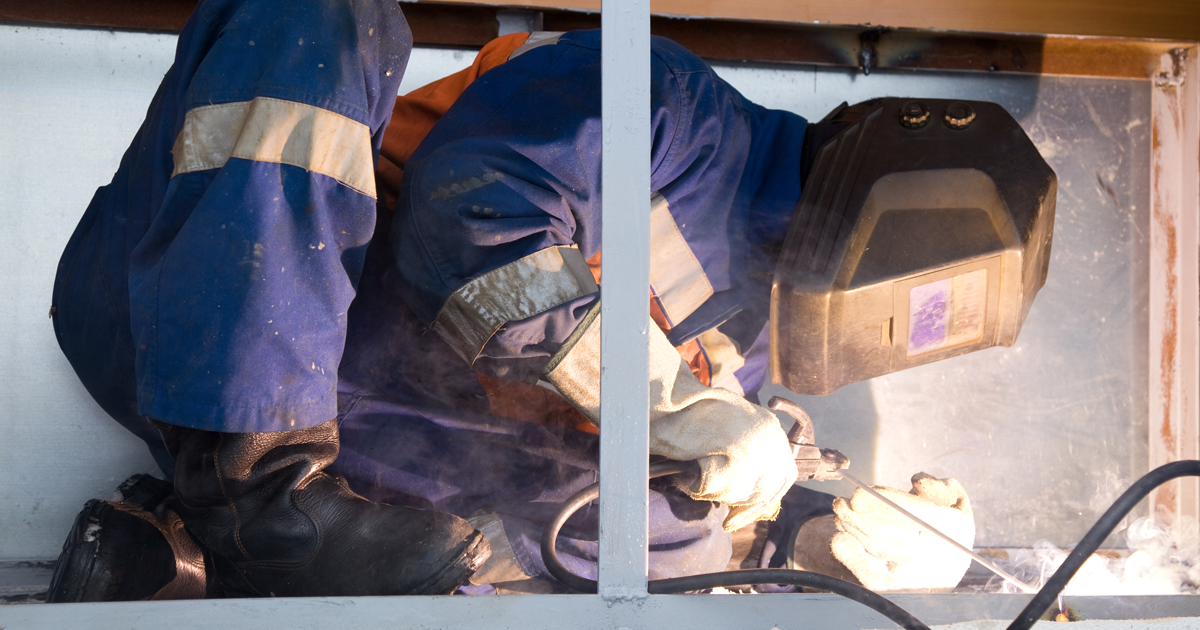
The Occupational Safety and Hazard Association issued a final rule on confined spaces in May of 2015. Employees in many different occupations could find themselves working in a confined space. Construction workers, farm hands, utility workers, plumbers, and still others are susceptible to the hazards presented by confined spaces. If you work in any of these areas, or supervise any of the workers listed above, make sure that your company takes these hazards into account.
What is considered a confined space?
Perhaps you are unsure of whether you work in a confined space or not. According to a report from the North Carolina Department of Labor:
A confined space has limited or restricted means of entry or exit, is large enough for an employee to enter and perform assigned work, and is not designed for continuous occupancy by the employee. These spaces may include, but are not limited to, underground vaults, tanks, storage bins, pits and diked areas, vessels, and silos.
There are also confined spaces that are relegated by a permit. These are spaces that fit the definition above, but fit one of the final criteria:
1. contains or has the potential to contain a hazardous atmosphere, 2. contains a material that has the potential for engulfing an entrant, 3. has an internal configuration that might cause an entrant to be trapped or asphyxiated by inwardly converging walls or by a floor that slopes downward and tapers to a smaller cross section, or 4. contains any other recognized serious safety or health hazards.
What dangers are presented by confined spaces?
Employees who work in confined spaces are exposed to a variety of dangers. First, the chance of the individual being trapped within the space presents the danger of asphyxiation. A collapse of heavy materials could prevent workers from receiving fresh air, and assistance. Air quality can be very bad in confined spaces, as fumes, particles, and dirt fill the air and enter the lungs through respiration. Temperatures can soar in confined spaces, exposing workers to heat stroke and other heat induced illnesses. Finally, permit-required confined spaces can directly expose workers to hazardous materials, or put them in severe danger of a flood. Although many of these scenarios are not likely, confined spaces contribute heavily to the annual number of work-related fatalities in the United States.
What is OSHA’s final rule?
The entirety of the new ruling is far too large to incorporate into this article. Still, there are a few key points for reference. First, OSHA separated the ruling into two categories; construction and general labor. The reason for this is that some general industry sections specifically exclude construction. This means that OSHA had to create each group with distinct requirements. According to OSHA, there are 5 key differences in the new construction ruling:
- There are new regulations that restrict the type of work done around the confined space as these activities could increase danger within the confined space. For example, a deconstruct outside of the confined space could result in a cave in that leaves someone stranded within that confined space.
- There must be a competent person to inspect and assess the jobsite. This person should identify all confined spaces, including permit-required confined spaces.
- There should be continuous monitoring of the air quality and atmosphere within the confined space.
- When workers could be subject to engulfment there must be continuous monitoring of conditions.
- If conditions within a permit-required confined space change, they must be returned to the conditions listed on the initial permit before an individual re-enters the area.
Additionally, there are a few changes in the General Industry standard.
- Employers who are not using a complete permit system must eliminate all hazards in the confined space before directing workers to enter.
- Employers are responsible for arranging with local emergency responders send a notification when they will be unable to respond for a given time. This only applies to employers who are counting on local emergency response teams.
- Training must be provided in languages completely understood by the employees receiving the training.
The new ruling on confined spaces took effect in August of 2015. If you work in confined spaces, make sure your employer has consulted the new ruling. Confined spaces can be extremely dangerous, and employees deserve their safety to be a priority. Employers: do not leave your employees lives to chance. Make sure your workplace and workforce are prepared.




